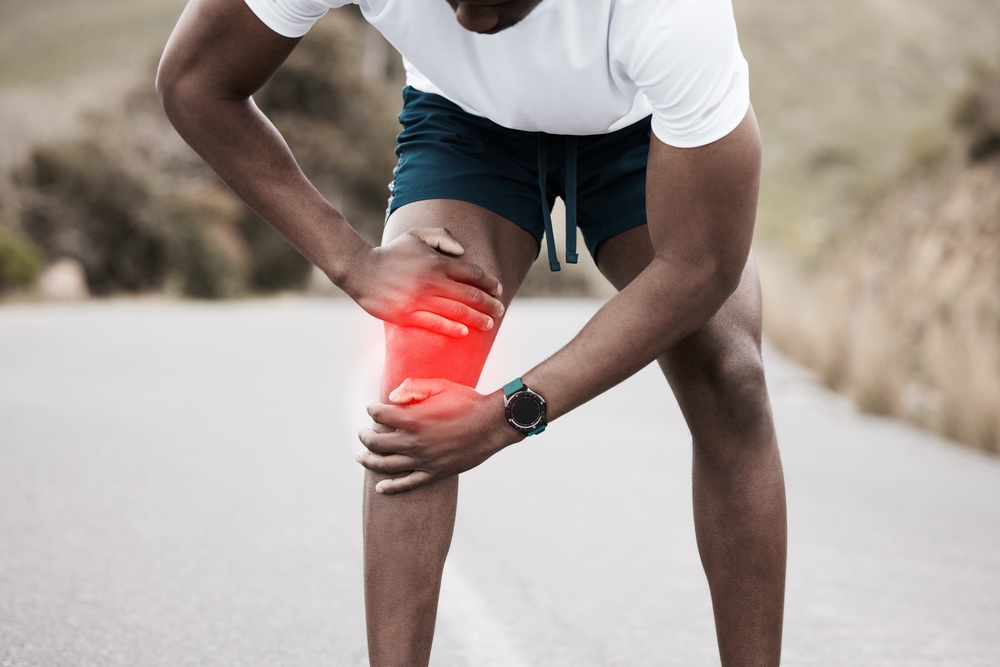That daily walk you’re so proud of might actually be causing more harm than good. Not the walking itself—that’s still golden—but the way you’re doing it could be setting your knees up for a world of hurt down the road. And the worst part? You probably have no idea you’re doing anything wrong.
Most of us assume walking is as natural as breathing. After all, we’ve been doing it since we were toddlers. But just like breathing, there are right ways and wrong ways to do it—and your knees are keeping score of every misstep.
The hidden impact of your walking style
You might think knee problems only happen to marathon runners or weekend warriors who push too hard. The truth? Your casual neighborhood stroll can be just as damaging if you’ve developed certain walking habits.
Each step you take sends forces through your knee joint. When everything’s aligned properly, your body absorbs and distributes these forces efficiently. But small deviations in how you walk can concentrate these forces in all the wrong places, creating wear and tear that adds up over thousands of steps.
Think about it—the average person takes between 3,000 and 7,000 steps every day. If each of those steps is slightly off, that’s thousands of micro-injuries happening daily. Your body is resilient, but even small problems multiplied by thousands eventually create noticeable damage.
The knee joint isn’t just a simple hinge. It’s a complex structure where multiple bones meet, cushioned by cartilage and supported by ligaments and tendons. This complexity makes it both remarkably capable and uniquely vulnerable to the cumulative stress of poor walking mechanics.
The surprising heel strike effect
One of the most common walking mistakes is hitting the ground too hard with your heel. This habit—encouraged by modern cushioned shoes—sends a shockwave up your leg that hammers into your knee with every step.
When you slam your heel down, the impact travels up your skeleton like a mini earthquake, with your knee absorbing much of the force. Over time, this repetitive shock can damage the cushioning cartilage in your knee joint, potentially leading to pain and even arthritis down the road.
This heel-heavy walking style often happens when we’re distracted, rushing, or wearing shoes with elevated heels that promote this pattern. It can be particularly problematic on hard surfaces like concrete sidewalks, which offer little natural shock absorption.
Your body evolved to walk with a gentler foot strike, where the foot lands with less impact and the forces are distributed more evenly. The excessive heel strike is often a modern development—one that our knees haven’t caught up with.
The duck-foot dilemma
Take a moment to look down at your feet as you walk. Do your toes point outward like a duck? This common walking pattern might seem harmless, but it’s secretly wreaking havoc on your knees.
When your feet splay outward instead of pointing forward, it changes how forces travel through your lower body. This rotation creates a twisting force at the knee with every step, putting stress on ligaments and cartilage in ways they weren’t designed to handle.
This duck-footed walking style often develops from sitting habits, muscle imbalances, or even from watching and imitating others’ walking styles as we grow up. Many people have walked this way for so long they don’t even realize it’s not optimal.
The extra rotation forces your knee to work in ways it wasn’t built for, potentially leading to wear on the inner portion of the joint and setting the stage for painful conditions like medial knee osteoarthritis—all from a walking habit you might not even be aware of.
The slouch and shuffle connection
Your walking problems might actually start with your posture. When you walk with rounded shoulders and a forward head posture—the classic “smartphone slouch”—it changes your center of gravity and alters how you step.
This hunched posture often leads to a shuffling gait where your feet barely leave the ground. While it might seem more effortless, this walking style actually increases the shearing forces on your knees as your feet drag slightly with each step.
The slouch also changes how your hips and core engage during walking. Instead of your core muscles supporting your spine and allowing your hips to move freely, everything gets restricted. This limitation makes your knees compensate by absorbing forces they shouldn’t have to deal with.
The connection between upper body posture and knee health might not seem obvious, but your body functions as an interconnected system. A change at the top creates a ripple effect that ultimately reaches your knees, adding stress with every step you take.
Signs your walking style is harming your knees
Not sure if your walking habits are problematic? Your body might already be sending you signals that something’s amiss. Pay attention to these warning signs:
You experience knee pain that develops during or shortly after walking Your knees feel stiff after sitting for a while following a walk One knee hurts more than the other You notice uneven wear patterns on your shoes You hear clicking or grinding sensations in your knees Your knees feel unstable or “wobbly” when walking on uneven surfaces You find yourself avoiding stairs or inclines because of knee discomfort
These symptoms don’t necessarily mean you have serious knee damage yet, but they’re your body’s early warning system that your walking mechanics might be creating problems. Addressing these issues sooner rather than later can save you from significant pain down the road.
Walking right to protect your knees
The good news is that most problematic walking patterns can be corrected with awareness and practice. Small changes to how you walk can make a massive difference to your knee health over time.
Start by bringing awareness to your foot strike. Instead of slamming your heel down, aim for a gentler landing where your foot contacts the ground with less impact. Think about “placing” your foot rather than “striking” the ground.
Focus on keeping your feet pointed forward rather than turned out. This might feel strange at first if you’ve been walking duck-footed for years, but it helps align your knees and hips properly, reducing rotational stress on your joints.
Imagine a string pulling upward from the top of your head, lengthening your spine and lifting your chest. This improved posture automatically engages your core muscles and positions your body to walk more efficiently, taking pressure off your knees.
Take slightly shorter steps if you tend to overstride. When your foot lands too far in front of your body, it increases the impact forces that travel to your knee. A more moderate stride length allows for better shock absorption.
Pay attention to the surface you’re walking on. Hard concrete is much more punishing on your joints than softer surfaces like grass or dirt paths. When possible, choose more forgiving terrain for your regular walks.
When to seek help with your walking mechanics
Sometimes, problematic walking patterns develop because of underlying biomechanical issues that need professional attention. Consider seeking expert help if:
You’ve tried to change your walking style but find yourself naturally reverting to old habits You have noticeable structural issues like flat feet or high arches Your knee pain persists despite attempts to improve your walking mechanics You notice one leg is shorter than the other or your body seems asymmetrical You’ve previously injured your knees, hips, or ankles, which might have altered your gait
A physical therapist can analyze your walking pattern and identify specific problems that might not be obvious to you. They can prescribe targeted exercises to address muscle imbalances and help you retrain your walking mechanics.
In some cases, custom orthotic inserts might help correct alignment issues that contribute to poor walking patterns. These inserts can provide the right support where you need it, helping to distribute forces more evenly and protect your knees.
Your daily walk should be healing, not hurting your body. With a few mindful adjustments to how you move, you can transform your walking habit from a potential source of harm into one of the best things you do for your long-term joint health. Your knees have been supporting you your entire life—isn’t it time you returned the favor?















